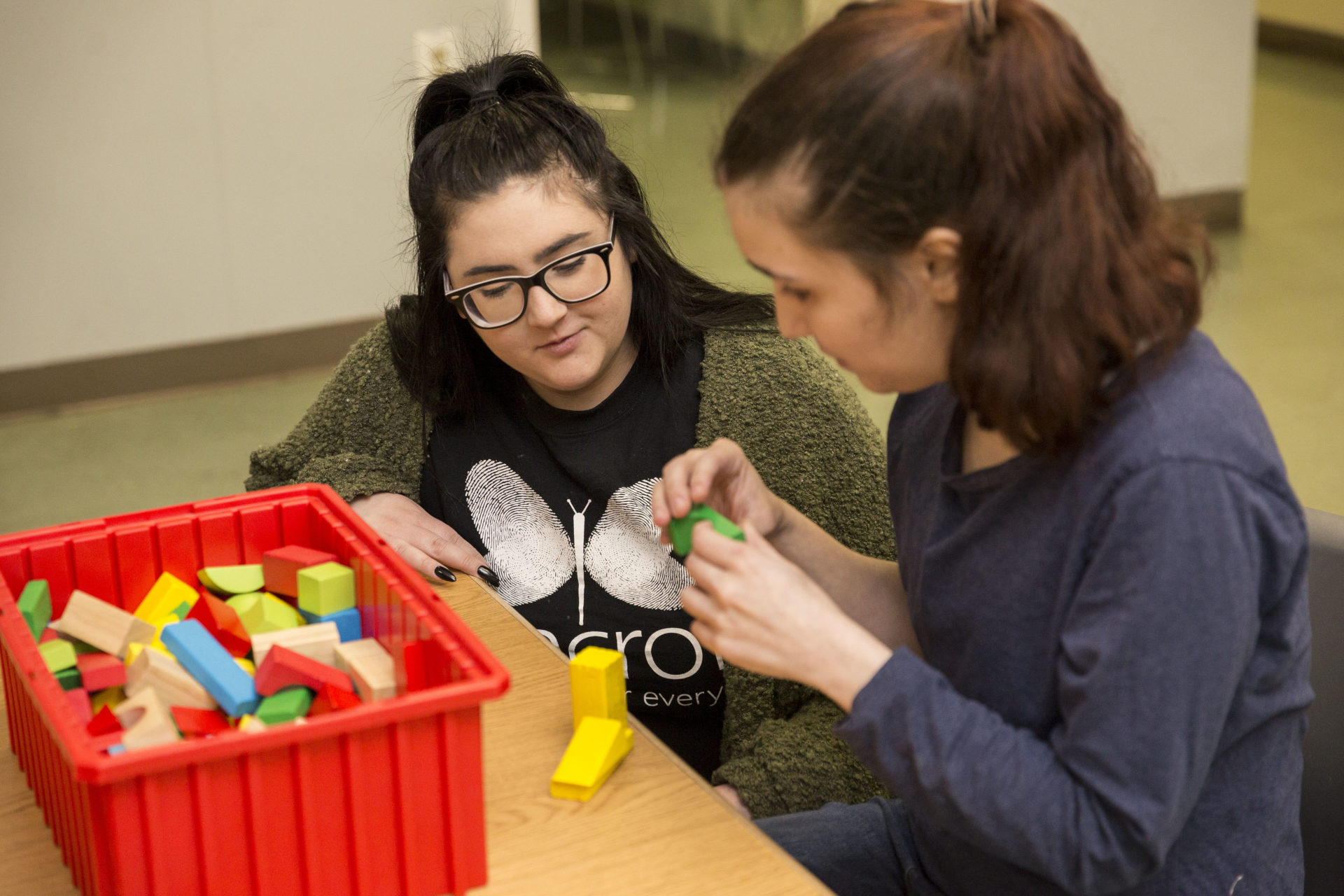By Colleen Rowan-Valentino, Principal, The Bancroft School at Voorhees Pediatric Facility and Dawn Smith, BCBA, Sr. Behavior Analyst, Bancroft
Graduation day is a joyous milestone marking the culmination of years of learning and growth. But, what comes next? This is a question on many of our parents’ minds that sometimes keeps them up at night. With the impending decrease in available services and the familiar routines of school life about to end, an uncertain future can cause anxiety and stress for everyone. And that’s why transition planning is so important.
Post-Graduation Challenges for Children with Autism
For all students, post-graduation is a plunge into the unknown. Unlike their neurotypical peers however, children with autism face unique challenges:
The Autism Cliff:
- A phrase used by many in the autism community to describe what it feels like when their child graduates.
- School support ends, leaving adults with autism needing new resources to thrive.
- Parents feel anxious trying to navigate the unfamiliar world of adult services for autism, which aren’t as robust or as easily accessible as the supports for children within the special education system.

Job Market:
- More than 66% of young adults on the autism spectrum are unemployed and are not engaged in higher education two years after high school.
- Traditional job searching methods might not be effective for individuals with communication or social interaction differences.
Independent Living:
- Daily living tasks like cooking, cleaning and managing finances can be overwhelming without proper support and training.
- Access to affordable and accessible housing options can be limited for individuals with autism and intellectual and developmental disabilities (I/DD).
Social Connections:
- Building and maintaining friendships can be challenging for adults with autism. Community support and programs are critical for their well-being, but finding the right fit isn’t always easy.
- Lack of social support networks can lead to isolation and loneliness.

Emotional Well-Being:
- The transition to adulthood can be a stressful time, leading to increased anxiety, depression and behavioral challenges.
- Access to appropriate mental health services specifically tailored to individuals with I/DD can be limited.
Three Key Components of a Successful Transition Plan
Entering the vast and expansive post-graduation world may seem daunting, but armed with a personalized transition plan, you can guide your child toward a fulfilling and successful future. Here are three universal components of successful transition planning:

Early Start
Don’t wait until graduation day! Ideally, you want to begin planning your child’s transition around age 14. This allows ample time for exploration, skill development and adjustments as your child’s interest areas and strengths evolve.

Collaborative Effort
This is not a plan you should attempt to make on your own. Involve your child, family members, mentors, educators and relevant professionals (social workers, therapists, vocational specialists).

Flexible Planning
Remember, this transition plan isn’t static. It will grow and evolve with your child. Remain flexible and pivot when necessary.
A Blueprint for Successful Transition Planning
Every child is unique, which means that there is no one-size-fits-all transition plan. It should be personalized to the needs and strengths of your child. That being said, there are six crucial areas to be addressed in any transition plan. They are:

1. Job Skills Training
Your child should be equipped with the practical skills needed for their chosen field, be it resume writing, interviewing techniques or job-specific skills.
2. Career Exploration
Take into consideration your child’s passions, strengths, and abilities and explore various career paths available to them. Vocational assessments and aptitude tests can be valuable tools in this process.
3. Independent Living Skills
Transition planning is more than job training. It also includes helping your child become an independent adult. While the level of independence possible will vary from person to person, it’s critical to practice day-to-day tasks like cooking, cleaning, budgeting and public transportation use.
4. Education and Training
Explore post-secondary options, vocational training programs or internships to help your child make the successful transition into adulthood.
5. Social / Emotional Development
As any working adult will attest, it is equally important to develop your social/emotional skills as it is to develop your professional skills. These skills should be worked on throughout your child’s life including this transition period.
6. Funding Savvy
Once your child reaches a certain age, typically 21, funding sources change. It’s important to understand what these new funding sources are and how you can access them to secure financial support for your child as they transition into adult services.
Resources and FAQs
At this point, you probably have lots of questions. Below are a few of the common ones parents ask us about transitioning into adult services. Don’t see what you’re looking for? We are always available to help, just give us a call.

1. What services are available to my child after they turn 21?
There are a variety of ways an individual can participate in day services after age 21, including employment, structured day programs, in-home and self-directed day services. Visit our website to learn about Bancroft’s seamless transition services.
2. How are these services funded?
Programs are typically funded through the New Jersey Division of Developmental Disabilities (DDD), the Division of Vocational Rehabilitation Services (DVRS), Supplemental Security Income (SSI) Benefits or through private pay.
3. How can I find out if my child is eligible for state funding?
- Contact the Intake/Intensive Unit of your local DDD Community Services Office or apply online. Locate your Community Services Office.
- To ensure your child is eligible for Medicaid, fill out the Medicaid Eligibility Troubleshooting Form.
- Complete the NJ Comprehensive Assessment Tool (NJ CAT) through the Intake/Intensive Unit of your local DDD Community Services Office.
4. When should we apply for funding?
It is a good idea to begin planning for the transition to the adult system when your child is still in high school, around age 14. A child can be referred to DVRS up to two years before leaving high school, and while DDD does not provide services until after your child has exhausted their education entitlement, it is recommended to apply for DDD eligibility at the age of 18.
Charting a Bright Future: Together, Every Step of the Way
Change brings both challenges and opportunities. That’s just the nature of life. So, breathe easy and dream big. Don’t let fear of the unknown keep you up at night during this transition period. While some hurdles might lie ahead, there will also be opportunities for learning, growth and joy.

Don’t forget to lean on your support system for help. You don’t have to go it alone. At Bancroft, every child has a team working alongside them to help smooth the transition to adulthood and unlock their potential. With teamwork, collaboration, and planning, the process will be rife with possibilities, not burdened with obstacles.
Remember:
- Every skill is a seed: Start exploring interests and fostering skills early, allowing them to discover their potential.
- Collaboration is key: Surround yourself with a supportive network of family, educators, and professionals who understand your child’s unique needs.
- Flexibility is strength: Be open to adjustments as your child evolves and their aspirations take shape.
The most crucial ingredient? Your unwavering belief in your child’s abilities.
With love, patience, and the right support, you can empower them to write their own success story.
Bancroft offers a range of programs and resources that are designed to help children with autism unlock their potential and prepare for a bright future. We invite you to visit our Children’s Services page to learn more about how we can support your child on their journey to success.
















